1. The Poison Dart Frog’s Skin Protects Its Own Poison

Poison dart frogs are famous for their bright, vibrant colors, but did you know they avoid poisoning themselves thanks to a special barrier in their skin? These frogs produce potent toxins, but they store them in specialized skin glands that help keep the poison contained within their bodies. The skin acts as a natural barrier, ensuring that the poison doesn’t seep into the frog’s bloodstream, where it could cause harm. This adaptation allows them to maintain their poisonous defense without risking self-intoxication. Interestingly, the frogs only produce such potent toxins when they consume certain types of ants, beetles, and mites in their natural environments. Without these foods, their toxins are much weaker, showing how diet plays a role in the amount of poison they can produce. The frogs’ toxicity is a natural deterrent against predators, but their ability to keep the poison within their body helps them avoid poisoning themselves. As a result, the frogs’ skin is not only a warning signal for other creatures but also a safeguard for their own well-being.
2. The Slow Loris Has Toxic Elbow Glands
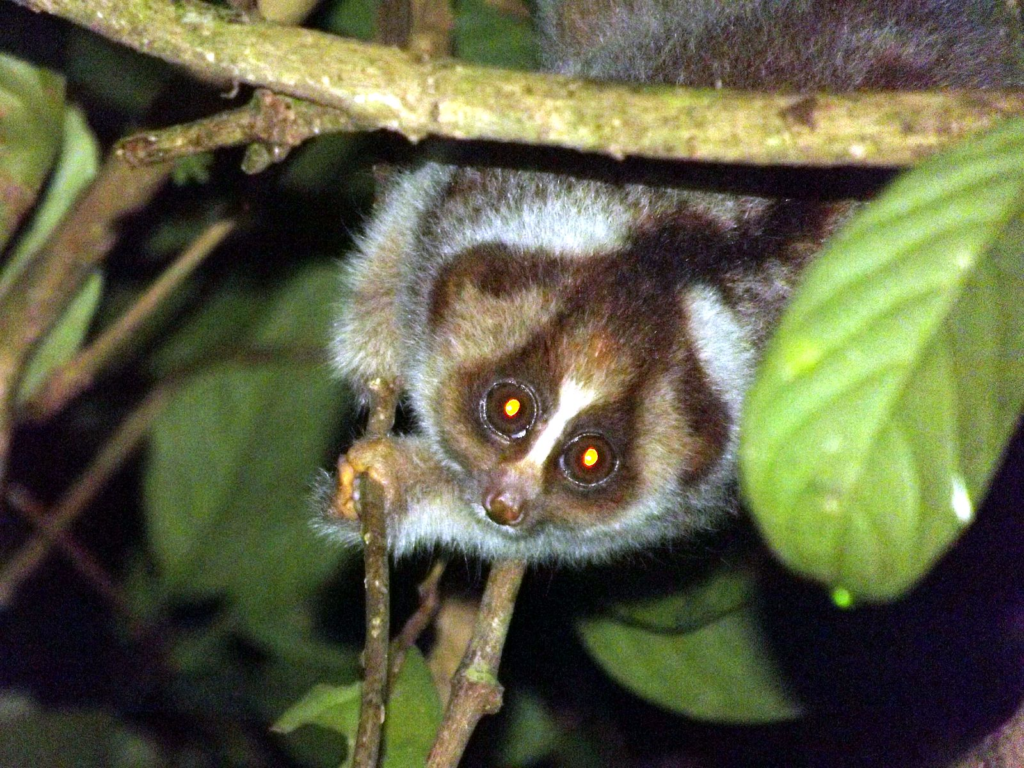
Slow lorises, the adorable primates known for their big eyes and slow movements, actually have a toxic defense mechanism hidden in their elbow glands. These glands produce a venomous secretion that the loris can lick and apply to its fur. While the slow loris might seem harmless, it can use its toxins to deter predators or even in territorial disputes with other lorises. The key to their self-preservation is that they carefully control how much of the secretion they produce, ensuring it doesn’t overwhelm their own system. When the loris licks its toxin-covered fur, it’s careful not to touch the secretion to its mouth, where it could cause poisoning. Additionally, when fighting, the loris often directs its venomous secretion toward its opponent rather than itself. This controlled use of venom ensures that the loris can use its defense mechanism effectively without harming itself in the process. It’s a fascinating example of how evolution has fine-tuned the relationship between an animal and its poison.
3. The Monarch Butterfly’s Toxic Diet
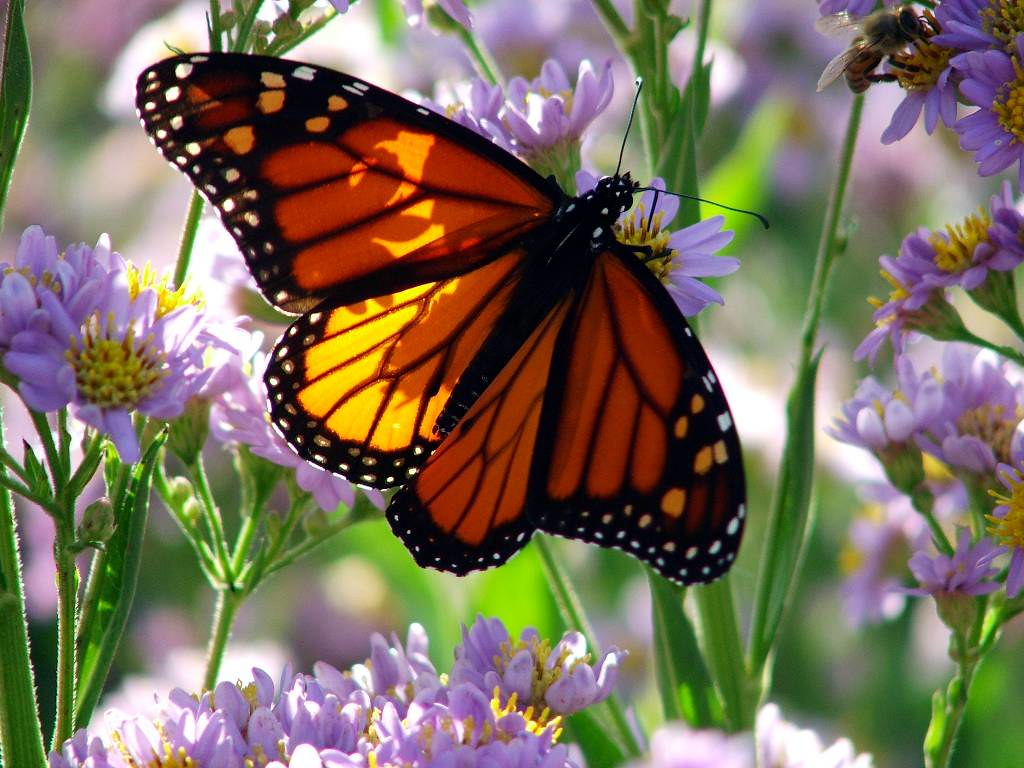
Monarch butterflies are famous for their bright orange and black wings, and they owe much of their toxicity to the milkweed plants they consume during their larval stage. As caterpillars, they feed exclusively on milkweed, a plant that contains toxic compounds called cardenolides. These compounds make the butterflies poisonous to potential predators, who learn to avoid them due to their bitter taste and harmful effects. But how do monarchs avoid poisoning themselves? Their digestive systems are specifically adapted to handle the toxic compounds in milkweed. The caterpillars’ bodies store the toxins, allowing them to retain their poisonous properties as adults without absorbing dangerous levels of the toxins themselves. Additionally, the monarchs’ physiology helps them metabolize the toxins without triggering harmful effects. This remarkable adaptation allows them to carry the poison safely while reaping the benefits of being unpalatable to predators. By evolving in harmony with the toxic plants they eat, monarch butterflies have become iconic examples of how animals and plants can evolve together in a way that benefits both parties.
4. The Eastern Brown Snake’s Specialized Venom
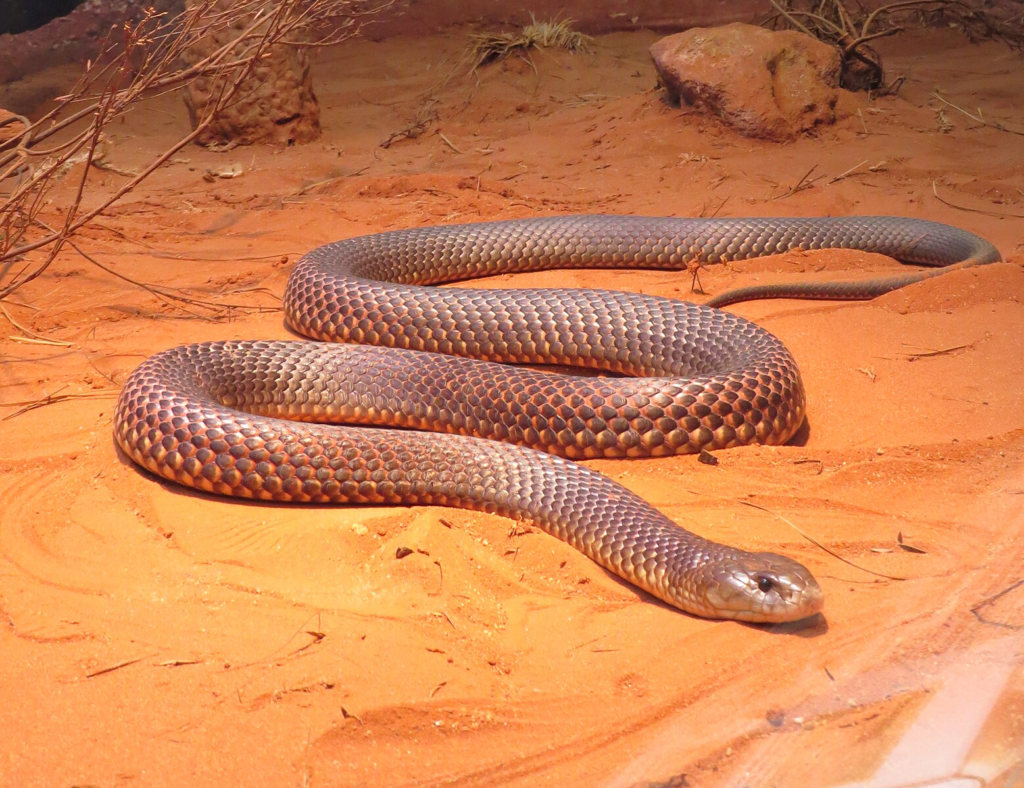
The Eastern brown snake, known for its highly potent venom, is one of the most venomous snakes in the world. But interestingly, this snake has a unique way of avoiding poisoning itself: its venom is produced in a way that prevents it from harming the snake itself. The venom of the Eastern brown snake is made up of a complex mix of proteins and enzymes that can paralyze and kill prey quickly. The snake’s body is equipped with an intricate system that prevents these toxins from interacting with its own cells. For example, the proteins in the snake’s blood are structured in a way that keeps them from binding with the venom’s toxic compounds. Additionally, Eastern brown snakes store their venom in specialized glands that prevent it from circulating through their bodies. When they bite, the venom is only released into the prey’s body, and not their own. This careful system of compartmentalization ensures that the snake can use its venom for hunting without risking self-poisoning.
5. The Golden Poison Frog’s Self-Detoxifying Mechanism
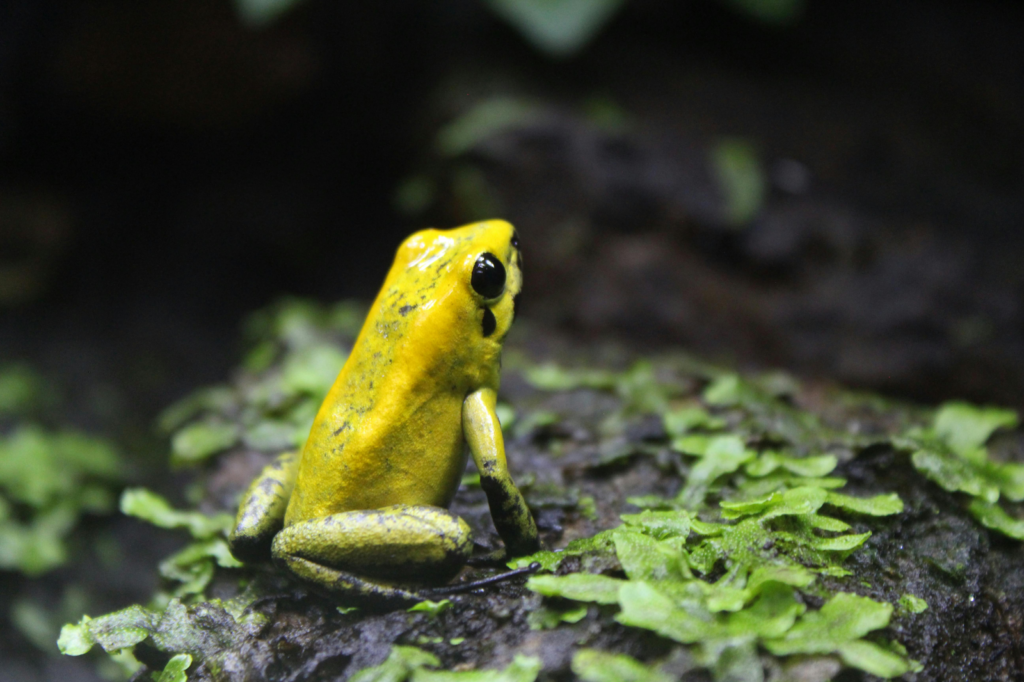
The golden poison frog is considered one of the most poisonous animals on Earth, but it has developed a clever way to avoid poisoning itself: a self-detoxifying mechanism. These frogs produce batrachotoxin, one of the deadliest substances known to science, which they acquire through their diet, particularly from ants, beetles, and other small insects. Their bodies are able to store the toxin without it affecting them, thanks to a unique set of proteins that bind to the toxin and prevent it from interacting with vital cells. These proteins essentially neutralize the potential harm that the toxin could cause, protecting the frogs from its deadly effects. By metabolizing and processing the toxins in specific ways, the frogs can use them for defense, without the danger of self-intoxication. This clever use of external toxins allows them to maintain their high toxicity, deterring predators while staying safe. The golden poison frog’s ability to control the toxin’s interaction with its own body highlights how animals can evolve specialized mechanisms to manage the dangers of their own defenses.
6. The Pufferfish’s Poisonous Cells
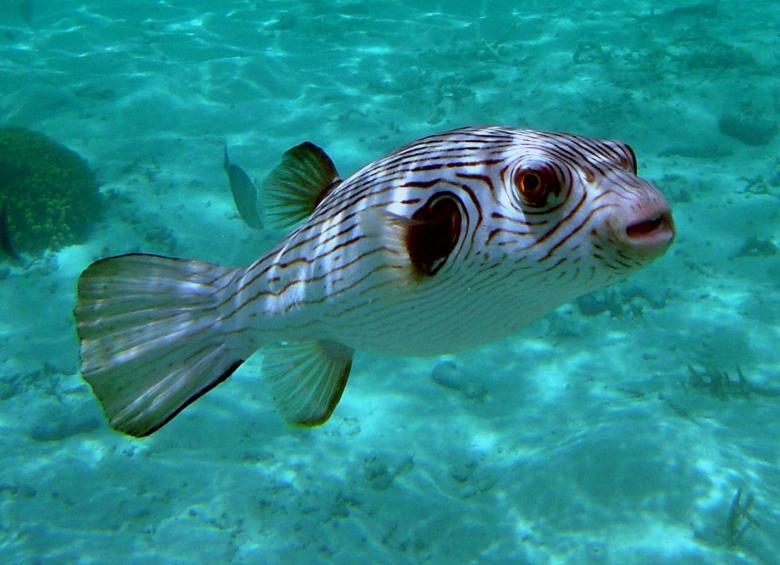
Pufferfish are known for their ability to inflate into a spiny ball when threatened, but they also carry a potent neurotoxin called tetrodotoxin, which is incredibly toxic to humans and most predators. However, despite carrying this toxin, pufferfish are not harmed by it. The toxin is produced by bacteria in their intestines, and the fish absorb it through their diet, which may include smaller fish and other creatures that harbor the toxin-producing bacteria. Pufferfish store the toxin in specialized cells known as “toxins cells,” which are concentrated in their liver, ovaries, and intestines, away from their vital organs. This compartmentalization helps prevent the toxin from interfering with the fish’s normal bodily functions. Additionally, the pufferfish has a natural resistance to tetrodotoxin, thanks to specialized ion channels in its cells. These adaptations allow the pufferfish to safely carry the deadly poison, using it as a defense mechanism without posing a risk to themselves. In fact, pufferfish are often sought after as a delicacy in some cultures, though extreme care must be taken to avoid the toxic parts of the fish.
7. The European Green Frog’s Toxin Regulation
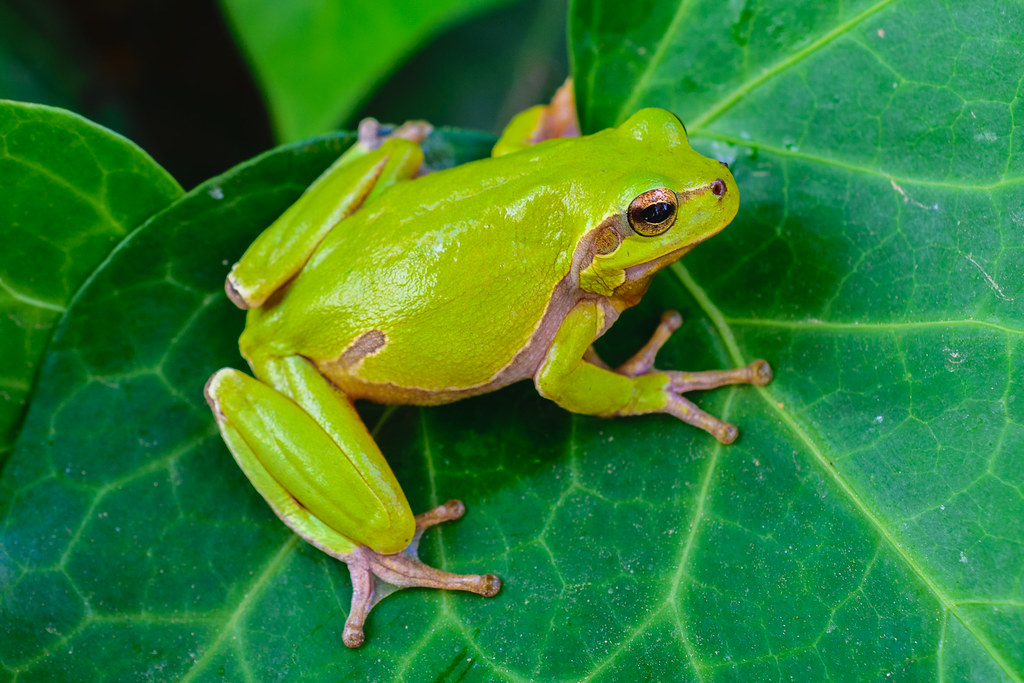
The European green frog, found in wetland areas across Europe, carries a potent toxin in its skin that helps protect it from predators. This toxin can cause nausea and discomfort to potential threats, making the frog less likely to be eaten. Interestingly, the frog has evolved a system that ensures it doesn’t poison itself with its own toxin. The skin’s outer layer, where the toxin is stored, is highly specialized to ensure that the chemical compounds are safely contained and don’t leak into the frog’s body. The frog can also control when to release the toxin, often secreting it only when threatened. This system of control ensures that the toxin is used effectively as a defense mechanism, but not as a danger to the frog itself. By keeping the toxin separate from the bloodstream, the frog avoids the risk of poisoning itself. This careful regulation of its own venom makes the European green frog a great example of how animals can balance self-protection with self-preservation.
8. The Common Lizard’s Venomous Bite
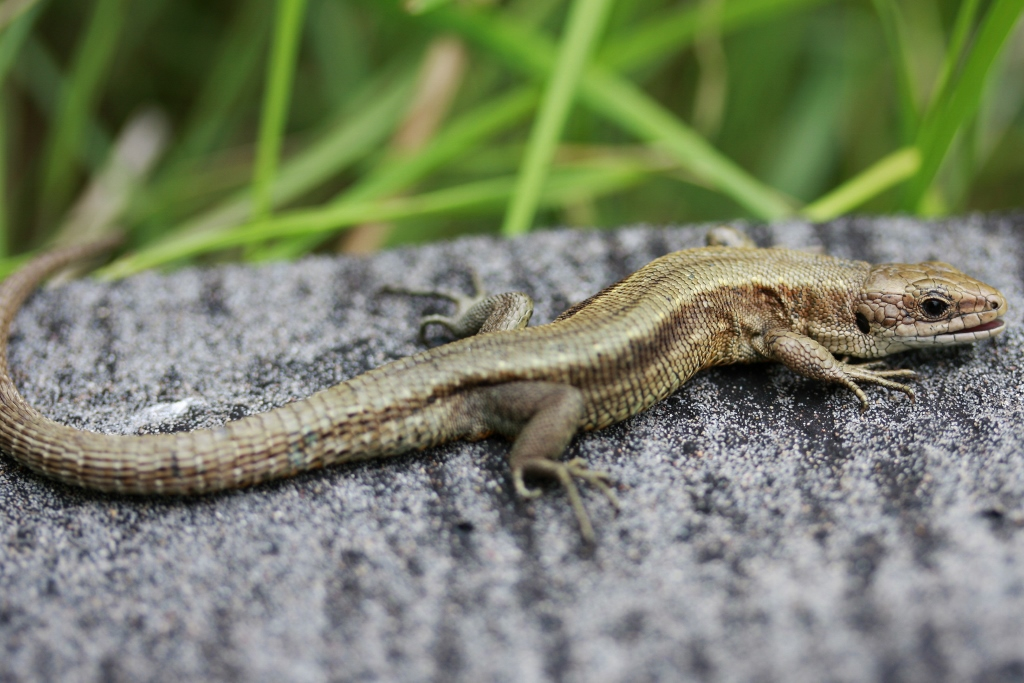
Many species of lizards have venom, but the common lizard is unique because it has evolved a way to avoid poisoning itself. The venom of the common lizard is used to immobilize prey, which allows the lizard to catch and digest it more easily. However, the venom is stored in special glands within the lizard’s mouth that prevent it from affecting the lizard’s own body. The glands are designed to release the venom only when needed, usually during hunting or self-defense. The common lizard’s careful control over its venom production means it can use the venom to subdue prey while avoiding any harm to itself. The venom itself is not lethal to humans but is effective at deterring smaller predators. By keeping the venom isolated and releasing it only under specific conditions, the common lizard ensures that it can defend itself without the risk of self-poisoning.
9. The Bearded Dragon’s Venomous Saliva
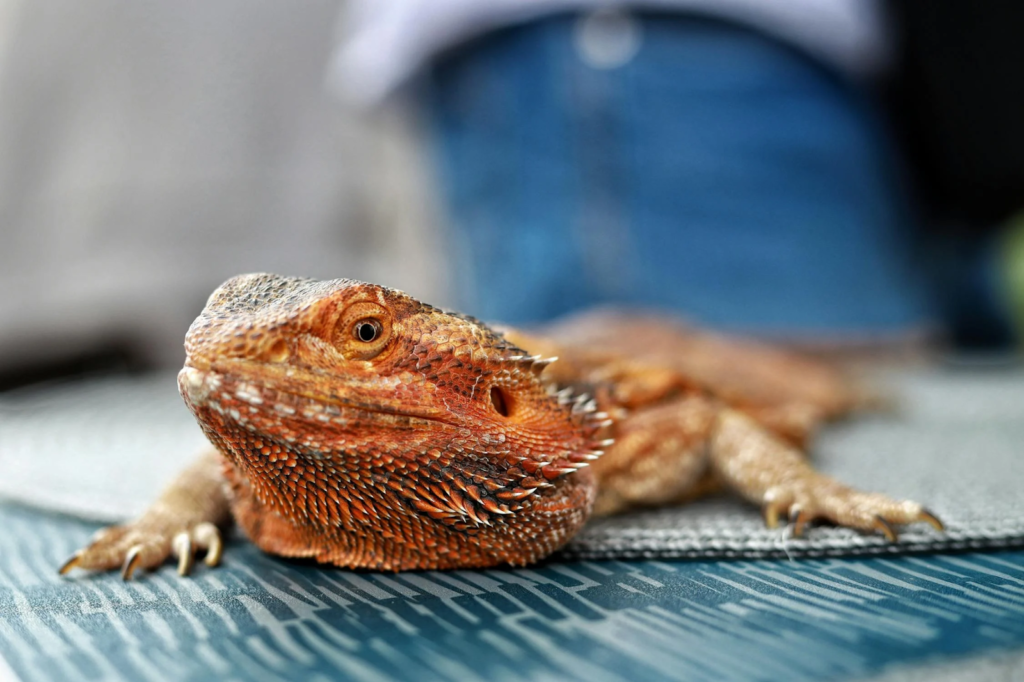
The bearded dragon, a popular pet lizard, is known for its “beard” of spiny scales and its territorial behavior. What you might not know is that this lizard has mildly venomous saliva, which it uses to subdue small prey. However, the bearded dragon’s venom is harmless to humans and poses no threat to itself. The venom is produced in small glands located in the lizard’s mouth, and it is used primarily for hunting. When the lizard bites its prey, it delivers small amounts of venom that help weaken and immobilize the prey, making it easier to swallow. Interestingly, the lizard’s own immune system is adapted to handle the venom it produces. It is able to safely neutralize the effects of the venom on its body, so it can deliver the toxin to prey without causing any harm to itself. The bearded dragon’s specialized venom production system is a great example of how evolution can fine-tune an animal’s defense mechanism to maximize efficiency and safety.
10. The Gila Monster’s Poisonous Bite
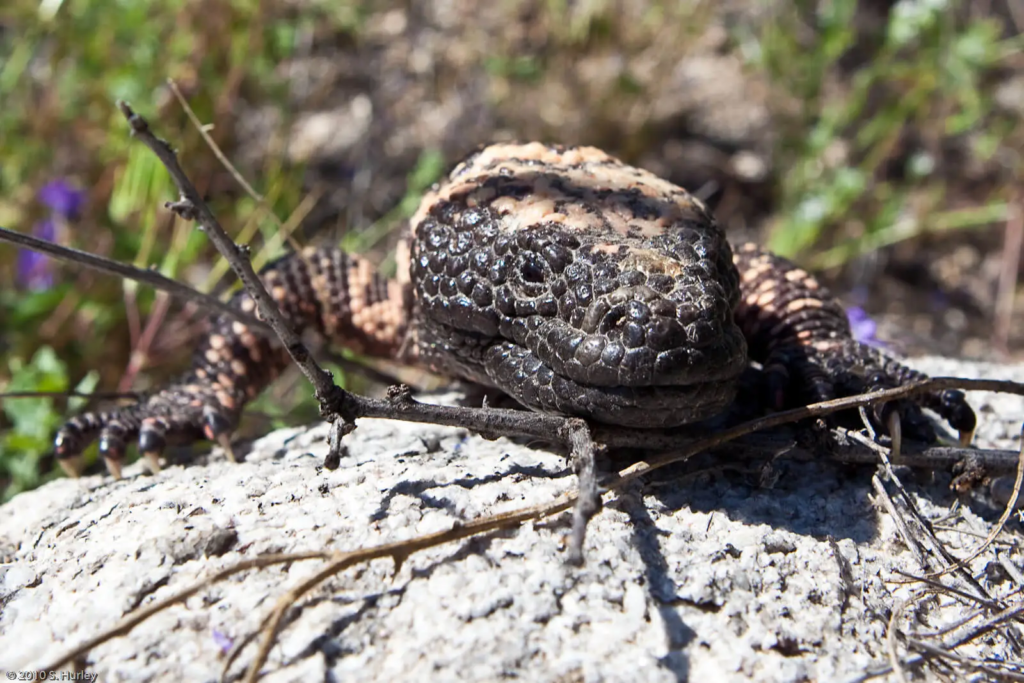
The Gila monster, native to the southwestern United States, has a venomous bite that it uses for both hunting and defense. However, despite carrying such a potent venom, the Gila monster has evolved a way to prevent self-poisoning. The venom is produced in the Gila monster’s salivary glands and delivered through grooves in the monster’s teeth. The venom contains compounds that help immobilize prey and break down tissue, allowing the monster to feed. To avoid self-intoxication, the Gila monster’s body has developed a natural resistance to the venom it produces. The venom is localized in the mouth and salivary glands, keeping it away from vital organs. Additionally, the Gila monster’s venom does not affect its own tissues, as it has evolved a specialized set of proteins that prevent the venom from binding to its own cells. This adaptation allows the Gila monster to use its venom for hunting while avoiding any harm to itself.
11. The Tarantula’s Non-Lethal Venom
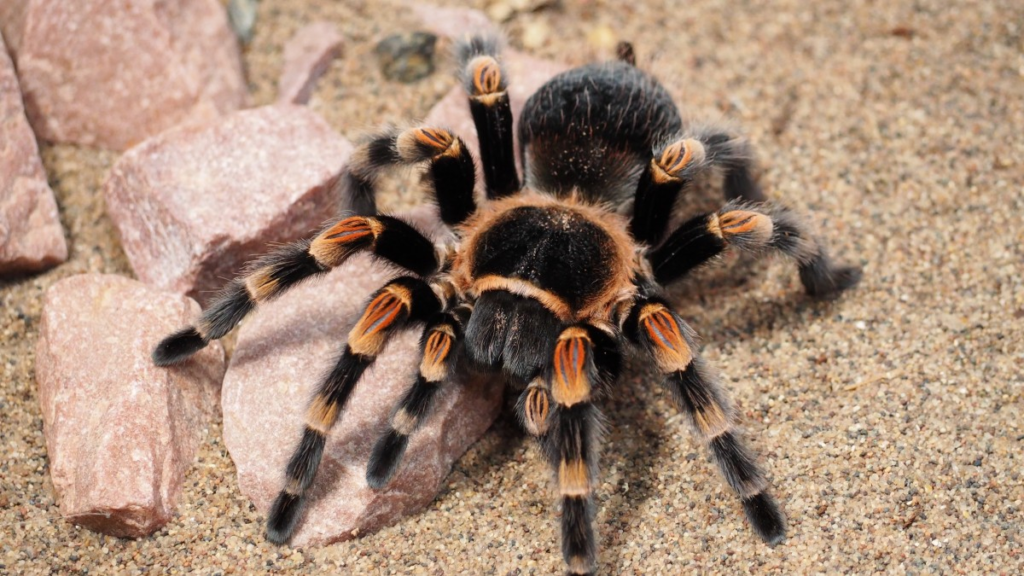
Tarantulas, often feared for their large size and intimidating appearance, actually have venom that is not typically lethal to humans. While the venom is used to subdue and paralyze prey, tarantulas avoid self-poisoning by carefully controlling the release of their venom. They only inject venom into prey when they need to immobilize it, ensuring that the venom does not spread to other parts of their body. The tarantula’s venom is concentrated in specialized fangs, and its digestive system is adapted to break down and process the venom without any harmful effects. Despite their venomous bite, tarantulas are not at risk of poisoning themselves, as they have evolved mechanisms to safely store and use the venom only when needed. This careful regulation of venom release ensures that the tarantula can protect itself from prey and predators without putting itself at risk.
12. The Toxic Newt’s Self-Protection Mechanism
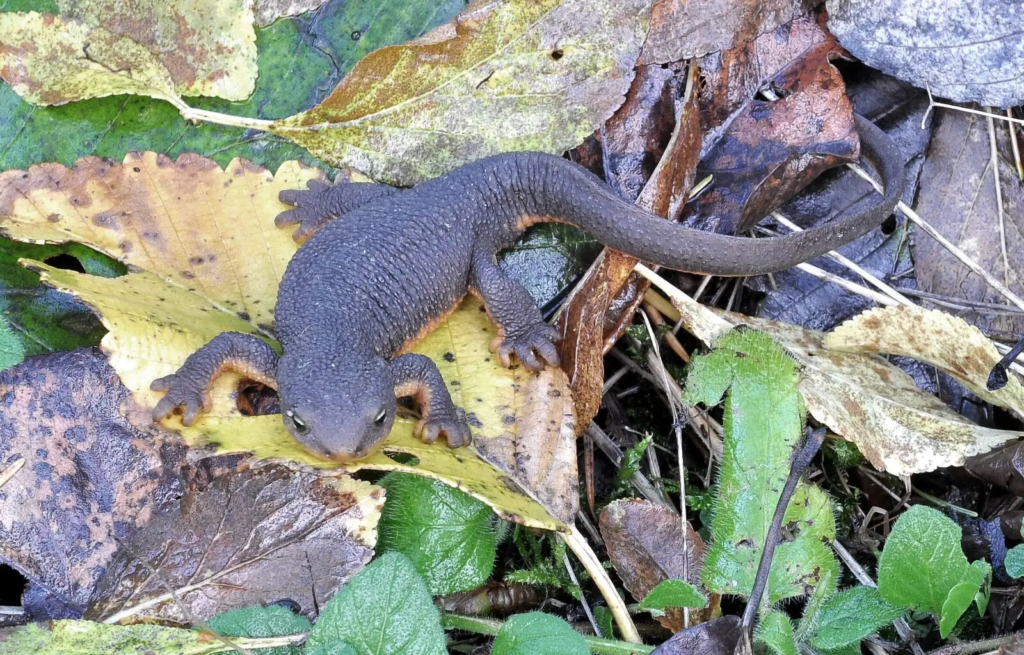
The rough-skinned newt is one of the most toxic creatures in North America, with a potent neurotoxin called tetrodotoxin, which is deadly to most predators. Interestingly, newts have a built-in defense against poisoning themselves: they store the toxin in specialized skin glands. The toxin is isolated within these glands, which prevents it from affecting the newt’s own body. Even though the toxin is so powerful that it could kill a human with just a small amount, the newt’s unique anatomy allows it to safely produce and carry this deadly substance. Furthermore, newts are highly resistant to their own poison, thanks to specific proteins in their body that neutralize the effects. This means that while the newt’s toxicity makes it nearly untouchable to predators, it remains unharmed by its own potent chemical defenses. When a predator attempts to eat a rough-skinned newt, it quickly learns to avoid the creature in the future due to the lethal effects of the toxin. This balance between producing a deadly toxin and protecting itself from harm is a perfect example of nature’s ingenuity in self-preservation.
13. The Toxic Spines of the Lionfish
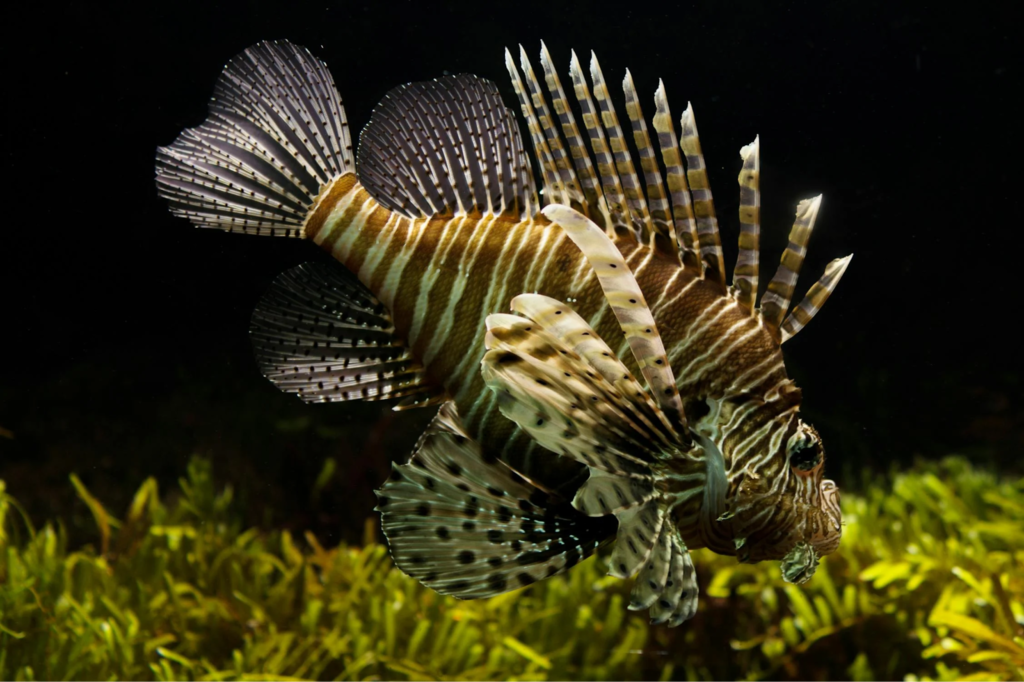
The lionfish, a brightly colored fish native to the Indo-Pacific region, is infamous for its venomous spines, which it uses to defend itself from predators. These spines contain venom that can cause intense pain, swelling, and in rare cases, even paralysis in humans. However, the lionfish avoids harming itself with its own venom by keeping the toxic spines safely sheathed until needed. When threatened, the lionfish can extend its spines to release the venom, but the spines are not in constant contact with its body, meaning the fish itself is never exposed to the toxins. The venom is localized in the spines and doesn’t affect the lionfish’s system because of a natural resistance it has developed over time. This makes the lionfish’s defense mechanism highly effective: it can deliver a painful sting to potential predators without risk of self-poisoning. In addition, the lionfish uses its venomous spines as a warning to would-be predators, signaling that it’s not an easy meal. The fish’s ability to maintain this delicate balance between offense and self-protection highlights the sophistication of its evolutionary adaptations.
14. The Honeybee’s Sacrificial Sting
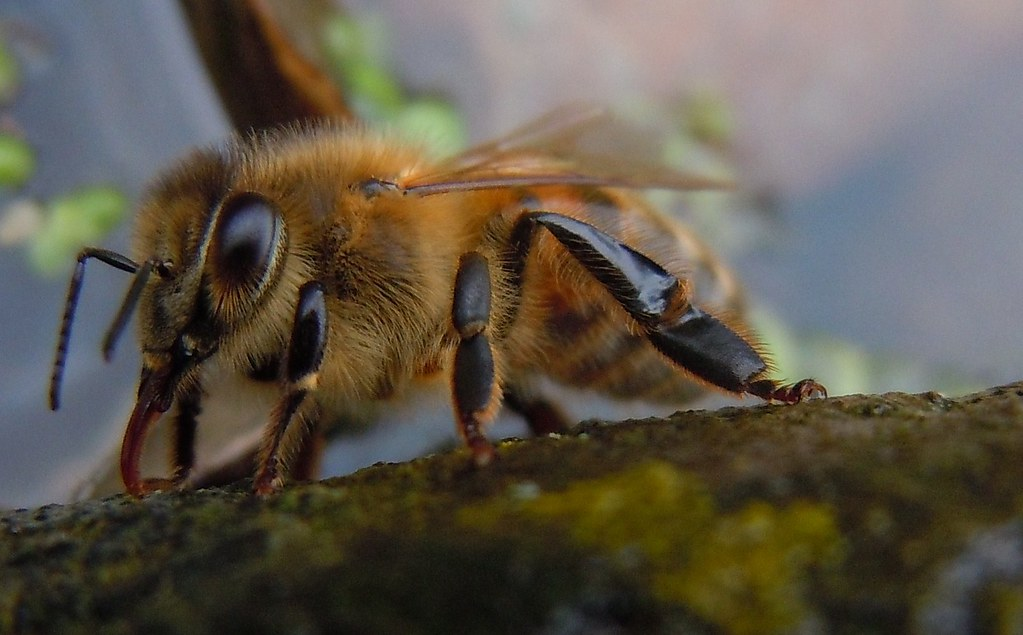
Honeybees are known for their ability to defend their hive with a potent sting, which delivers a venom that can cause pain and swelling. However, despite their toxic sting, honeybees avoid poisoning themselves through a sacrificial mechanism. When a bee stings, it releases venom into its target, but the act of stinging is fatal to the bee itself. The stinger remains lodged in the skin of its target, causing the bee’s abdomen to tear away from its body. The bee’s venom glands are then used up in the process, ensuring the bee doesn’t carry venom with it. By sacrificing itself for the hive, the honeybee ensures that the venom is only used when absolutely necessary to protect the colony. This act of selflessness not only helps defend the hive but also prevents the bee from experiencing harm from its own venom. The honeybee’s behavior reflects a unique survival strategy—protecting the colony at the cost of the individual bee’s life. It’s an interesting example of how evolution has shaped the behavior of animals for the collective good.
15. The European Red Fox’s Poison Resistance
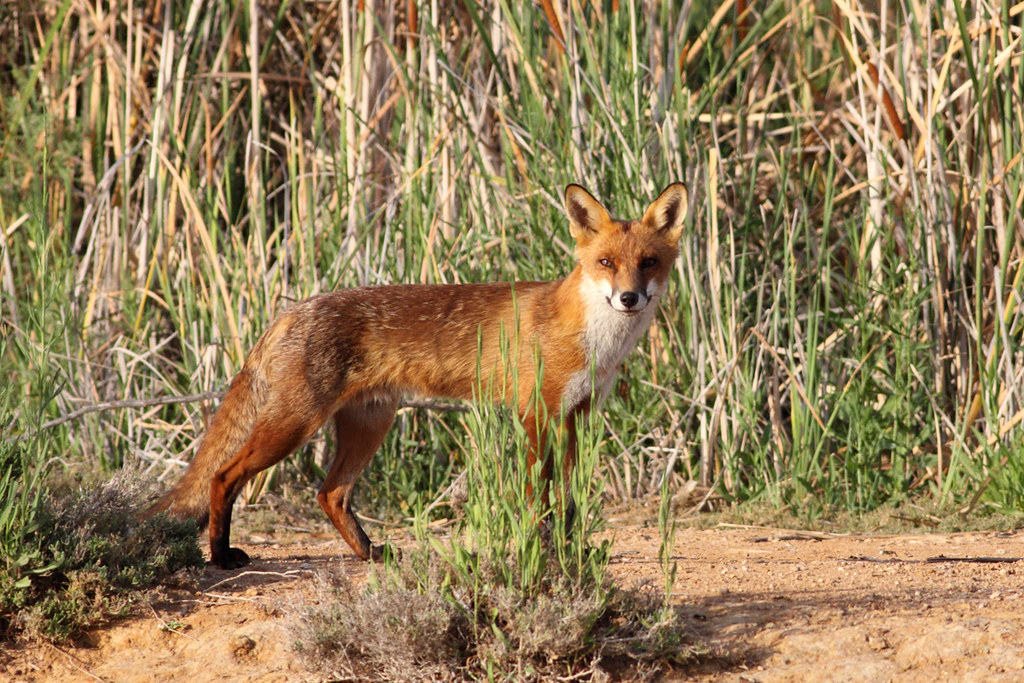
The European red fox has a wide range of adaptations that help it survive in diverse habitats, but one of the most interesting is its natural resistance to the toxins it may encounter in its environment. Red foxes are opportunistic feeders and often scavenge for food, which can sometimes expose them to toxic substances such as spoiled meat or certain plant toxins. However, these foxes have evolved a resistance to many of the poisons they might encounter, especially those found in their prey or scavenged foods. Their livers contain enzymes that help detoxify harmful substances, neutralizing potential poisons before they can cause damage to the fox’s body. This resistance makes the red fox highly adaptable and capable of thriving in environments where other animals might struggle to survive. The fox’s liver is a key player in this process, filtering out toxins and ensuring that the poison doesn’t reach other vital organs. This protective mechanism allows the fox to continue hunting and scavenging without the same risk of self-poisoning that many other predators might face. Their ability to process and neutralize toxins has been an important factor in their success as widespread survivors in both rural and urban areas.
16. The Marbled Cone Snail’s Precise Venom Control
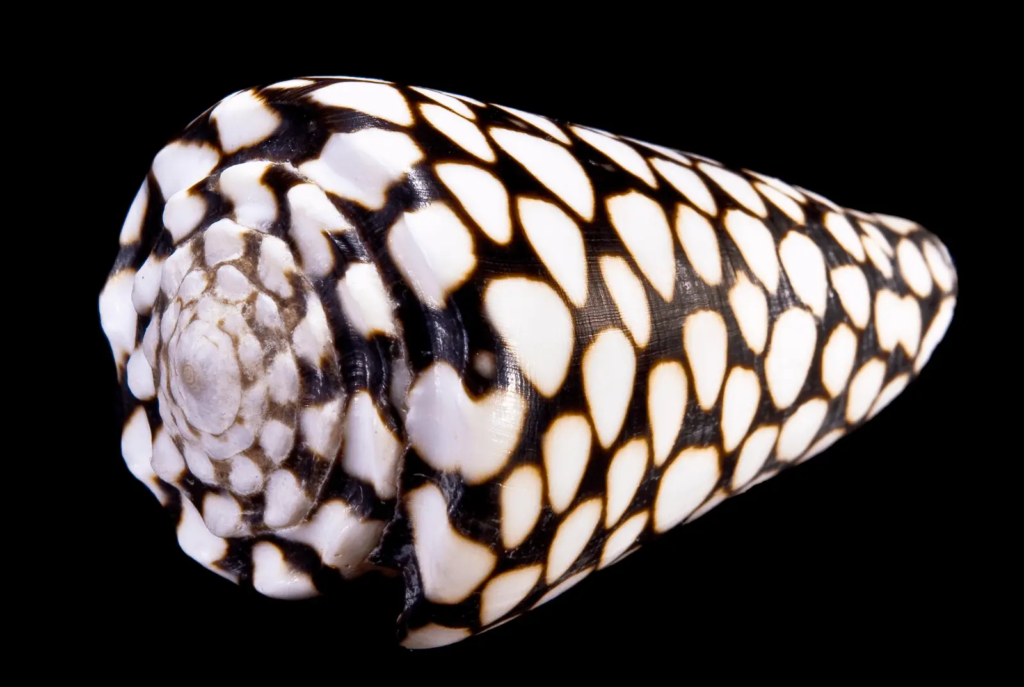
The marbled cone snail is known for its deadly venom, which it uses to paralyze its prey before consuming it. However, this snail is careful not to poison itself by using its venom in a controlled and precise manner. The venom is stored in a specialized gland and is injected through a sharp, harpoon-like tooth when the snail attacks its prey. The venom is extremely potent, capable of immobilizing fish or small invertebrates almost instantly. However, the marbled cone snail has a unique system that ensures the venom doesn’t affect its own body. The snail’s digestive and circulatory systems are compartmentalized, preventing the venom from traveling beyond the intended target. The venom is also released in small, calculated amounts, ensuring that the snail’s own nervous system remains unaffected. This highly specialized venom system makes the marbled cone snail an effective predator, while also ensuring that it doesn’t risk self-intoxication. The snail’s ability to carefully regulate its venom highlights how animals with dangerous abilities evolve to use them in ways that maximize their survival while preventing harm to themselves.


